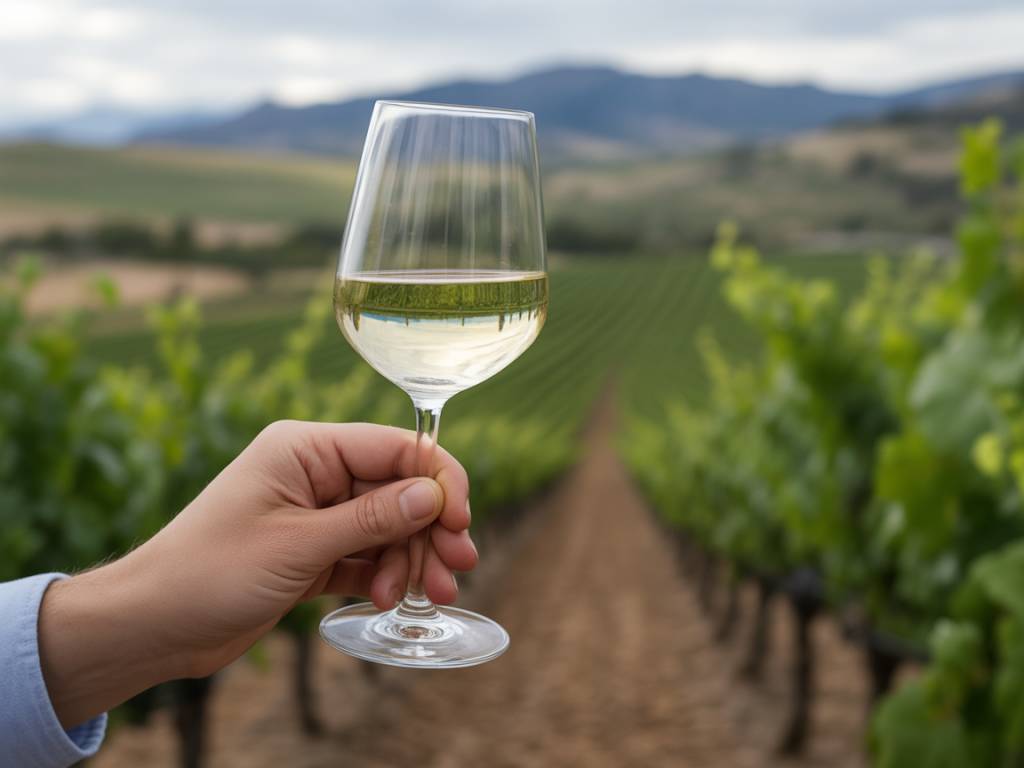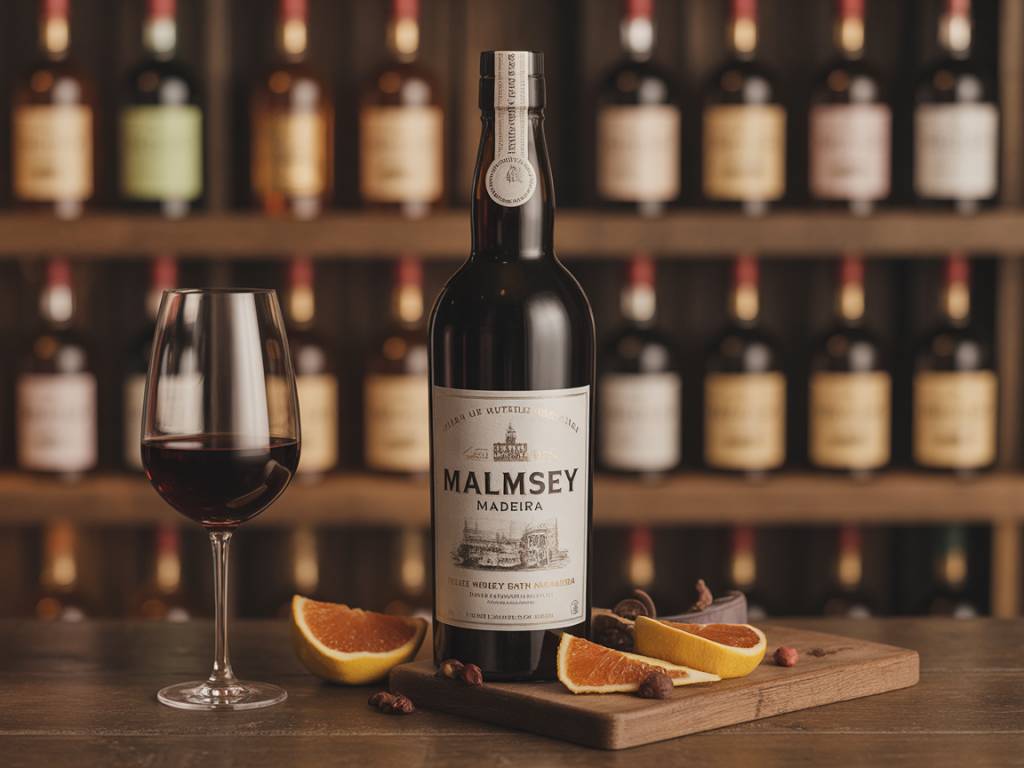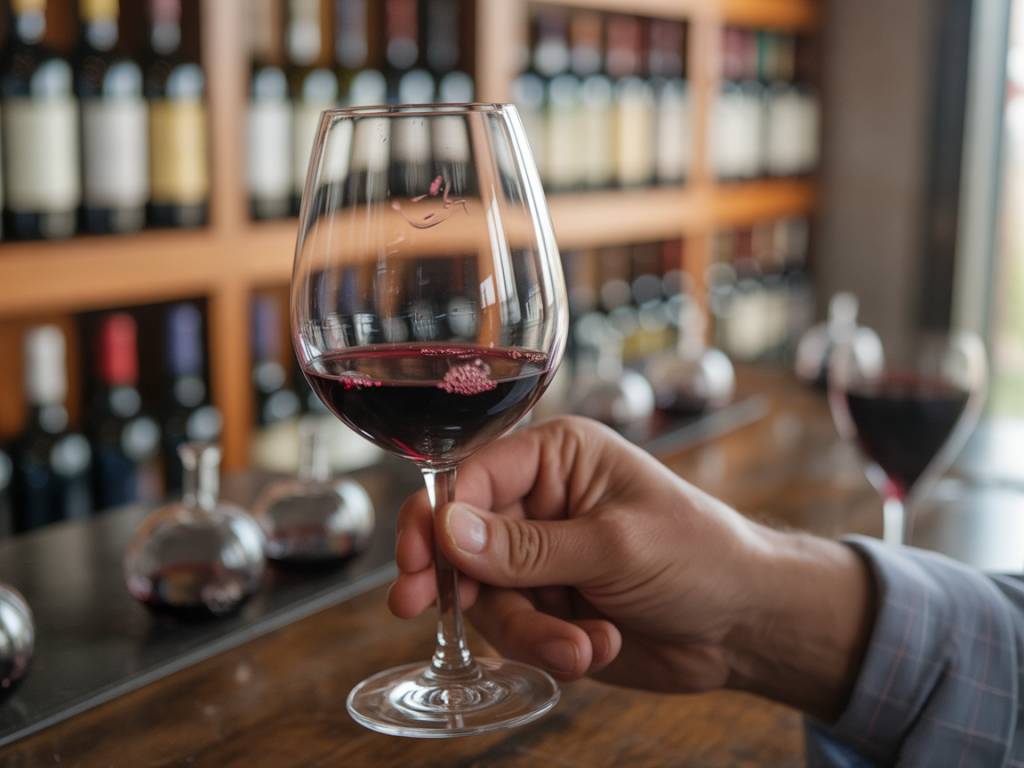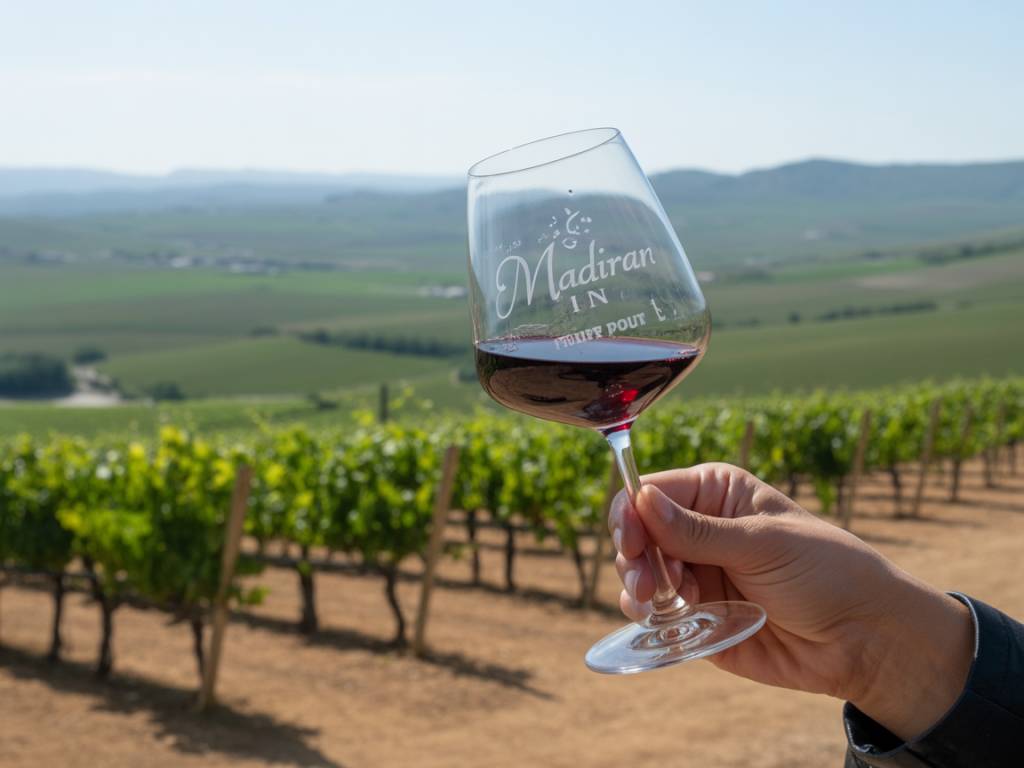If there’s one grape that can instantly divide a tasting table, it’s Sauvignon Blanc. Loved for its electric freshness and piercing aromatic profile, derided by others for those same traits, this varietal is nothing if not characterful. But what exactly are we smelling when we swirl a glass of Sauvignon Blanc? From the searing flintiness of Sancerre to the tropical exuberance of Marlborough, decoding its aromas is less art than analytical science—rooted in chemistry, terroir, and winemaking choices. Let’s strip this white wine enigma down to its molecular core.
The Building Blocks: Key Aromatic Compounds in Sauvignon Blanc
To understand Sauvignon Blanc’s aromatic profile, we must begin with its chemical contributors. The grape owes its expressive nose to a specific set of volatile aroma compounds. While many wines develop complexity during fermentation or aging, Sauvignon Blanc is unique in its reliance on both primary (grape-derived) and secondary (fermentation-derived) aromas.
Let’s take a closer look at the three major families of aromatic compounds that define Sauvignon Blanc:
- Thiols (Volatile Sulfur Compounds): These are the heavy hitters. Responsible for the classic notes of passionfruit, grapefruit zest, boxwood, and even cat’s pee—as indelicate as it sounds—thiols are released during fermentation from odorless precursors found in the grape skins. Key compounds like 3MH, 3MHA, and 4MMP are central to the style of New Zealand Sauvignon Blanc, often measured in nanograms per liter for their potency.
- Methoxypyrazines: These are the green warriors. Found in higher concentrations in less ripe grapes, methoxypyrazines impart those vegetal notes of green bell pepper, cut grass, nettle, and asparagus. Sauvignon Blanc is particularly rich in these compounds—up to 20 ng/L in early-harvested fruit.
- Terpenes: Though more dominant in aromatic varieties like Muscat or Riesling, terpenes in Sauvignon Blanc contribute subtle floral and citrus nuances, especially when grown in cooler climates. Linalool and geraniol are commonly encountered and add dimension to leaner styles.
Understanding which of these groups is dominant in a given bottle can give you a clue about its origin, picking date, and even vinification decisions. It’s like wine CSI—only more pleasant on the palate.
Climate and Terroir: Why Sauvignon Blanc Smells So Different Across Regions
The aromatic diversity of Sauvignon Blanc is not accidental—it’s the result of varied geoclimatic conditions. Unlike Chardonnay, which often bends to the winemaker’s will, Sauvignon Blanc fiercely reflects where and how it’s grown.
Here’s how key regions shape the aromatic output:
- Loire Valley (Sancerre, Pouilly-Fumé): Picture clean lines, mineral austerity, and a core of citrus. The cooler continental climate preserves high acidity and promotes the development of pyrazines and flinty, reductive notes. Cherveny and Menetou-Salon produce similar profiles.
- Marlborough, New Zealand: If the Loire is a sonnet, Marlborough is electric jazz. Here, intense UV sunlight and big day-night temperature swings dial up thiol production dramatically. Expect passionfruit, guava, gooseberry, and a jungle of greenish aromatics. Interestingly, soil type—particularly the presence of free-draining loam over gravel—enhances fruit expression.
- California (Sonoma, Napa, Lake County): Riper fruit, controlled vegetal character, and sometimes oak aging. Some vintners chaptalize or allow partial malolactic fermentation to tone down acidity. The result? Baked citrus, melon, and herbal tea notes, occasionally veiled in spice when barrel-fermented.
- South Africa (Elgin, Durbanville): A middle path. Maritime influences and elevation give cooling relief, preserving aromatics while encouraging more tropical fruit aromas than the Loire. Notes of granadilla, lime leaf, and even smoky minerality are common.
The takeaway? Sauvignon Blanc is a prism. Tilt it slightly—new terroir, new expression.
Ripeness and Harvest Timing: A Fine Line Between Fresh and Flinty
Let’s not ignore the human factor. The date at which the grapes are harvested can significantly shift the balance of aromatics. Pick too early, and you’ll get a wine brimming with pyrazines—think underripe green pepper and high acid. Pick too late, and thiols can degrade, leading to a flat, anonymous fruit character with early oxidation risk.
In Marlborough, some producers use tiered harvesting—picking over several weeks to blend ripeness levels and craft a layered profile. It’s the viticultural equivalent of flexing both technique and patience. In the Loire, strict picking windows maintain the grape’s precise line between tension and aromatic clarity. Each region, and producer, plays this game differently.
Fermentation Techniques: The Winemaker’s Toolbox
Once harvested, fermentation offers another opportunity for aromatic sculpting. Yeast strain selection, skin contact, lees management—all tweak the final bouquet. This isn’t just tinkering; it’s chemistry in action.
- Yeast Choice: Certain strains, particularly aromatic enhancer yeasts, can boost thiol liberation. For example, Lalvin QA23 or Zymaflore X5 are favored in Marlborough to amplify passionfruit and grapefruit tones.
- Skin Contact: A brief period of skin maceration increases thiol precursors—but too long, and the wine risks excessive bitterness or oxidation. Precision is key. Some winemakers cap it at 2-8 hours, often at cold temperatures.
- Fermentation Temperature: Cooler fermentations (10–14°C) preserve volatile aromas, especially desirable in Sauvignon Blanc. Higher temperatures risk evaporation of thiols and elevation of heavier esters that may muddle the varietal character.
- Lees Contact: While Sauvignon Blanc isn’t usually associated with autolytic flavors, 2–3 months aging on fine lees can round out the palate and subtly enrich the aromatic profile with a creamy texture without masking the fruit.
For those chasing typicity, these techniques offer nuance and complexity—when used judiciously.
Oak, No Oak, or Subtle Smoke?
Traditionally fermented in stainless steel to preserve sharpness and clarity, Sauvignon Blanc has increasingly seen flirtations with oak—in particular, in regions like California, Bordeaux Blanc (where it’s blended with Sémillon), and among experimental producers worldwide.
But let’s be clear: the goal isn’t to mask, but to compliment. Subtle oak regimes—neutral barrels, light toast, low sulphur environments—can introduce spice, texture, and soft lactones (like sweet vanilla or coconut) that interact with thiols in interesting ways. Concrete eggs, too, are making an appearance, offering micro-oxygenation without wood influence. The result? A richer texture, sustained aromatics, and an evolving glass with air.
Serving and Storage: Preserving Those Precious Aromas
High aromatic intensity also means high volatility. Just as easily as these aromas flood your glass, they can fade with poor storage or improper serving. Keep Sauvignon Blanc between 7–10°C when serving, and once opened, consume within 48 hours. Use a narrow tulip glass to concentrate aromas rather than disperse them.
For aging? Let’s be honest—outside a few exceptions (top-tier Pouilly-Fumé and barrel-aged Bordeaux Blanc), Sauvignon Blanc is generally not designed to sit in your cellar. Thiols in particular degrade with time, explaining why that once-vivacious Kiwi classic now smells more like wet cardboard than ripe citrus. Exceptions exist, but they are just that—exceptions.
Aromas to Watch For: A Quick Reference Map
Depending on where your Sauvignon Blanc hails from and how it’s made, you might encounter an impressive range of scents. Here’s a handy aromatic map to calibrate your nose:
- Cool Climate (Loire, Chile Coastal): Lime zest, flint, green gooseberry, nettle, wet stone, white grapefruit
- Moderate Climate (South Africa, Bordeaux): Gooseberry, passionfruit, lemon balm, elderflower, crushed herbs
- Warm Climate or Oak-Touched (California, Tuscany): Melon, guava, lemongrass, vanilla, smoke, Thai basil
Curious about that curious note of gunflint in your Sancerre? That’s likely linked to reductive sulfur compounds, encouraged by low-oxygen handling. Smell asparagus in your Marlborough glass? Blame elevated pyrazines and perhaps a touch of bottle age.
In the end, Sauvignon Blanc is like a paint palette. Sometimes bright, sometimes bracing, occasionally brash—always distinctive. By decoding its aromas, we aren’t just drinking wine; we’re reading a sensory autobiography of soil, vine, and human intent. Next time you pour a glass, pause and sniff not just for pleasure, but for clues.



